Watch Facts
Quiz: 2023.10.09 Quiz (Vintage)
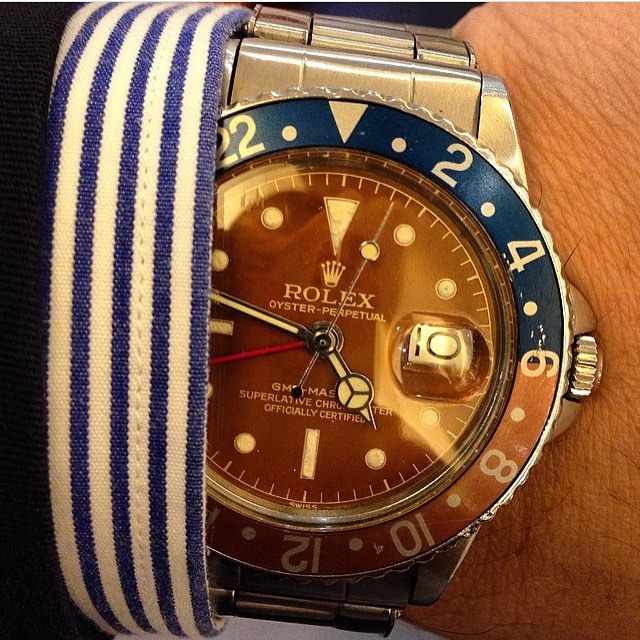
The Rolex GMT-Master watch was originally designed in collaboration with Pan American Airways and issued by the airline to their crews on long-haul flights. The original GMT Master watch has a 24-hour display fourth hand complicationdirectly linked to and displaying the same time zone as the standard 12-hour hand. This GMT hand enabled the crews to set the watch to GMT or another time zone, and using the rotatable 24-hour scale bezel set to the correct offset a second time zone could be read. GMT or UTC is the time zone that is required for all aviation planning, weather forecasts, schedules and other paperwork.
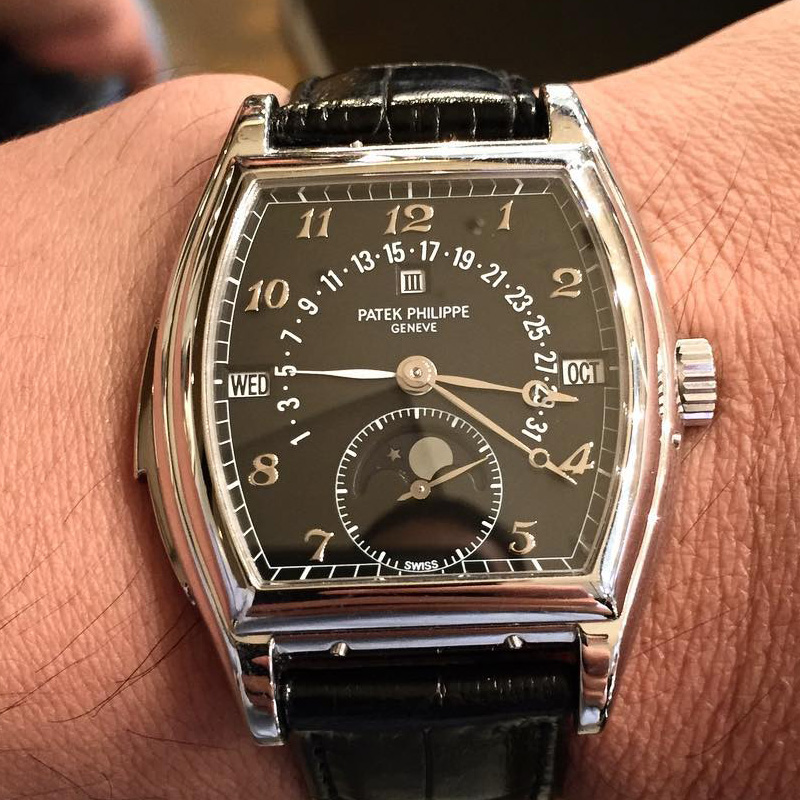
This minute repeater with retrograde date, perpetual calendar. 5013 started in 1992, caliber R29PS-QR an automatic movement with 515 parts. In 2011, the 5013 production was ceased. Cal. R. 27 PS, circular automatic nickel lever movement stamped with the seal of Geneva, 41 jewels, 22k gold micro-rotor, minute repeating on two gongs. Applied Breguet numerals, apertures for day, leap year indication and month, fan-form aperture for moon-phases combined with subsidiary seconds, retrograde sector for date
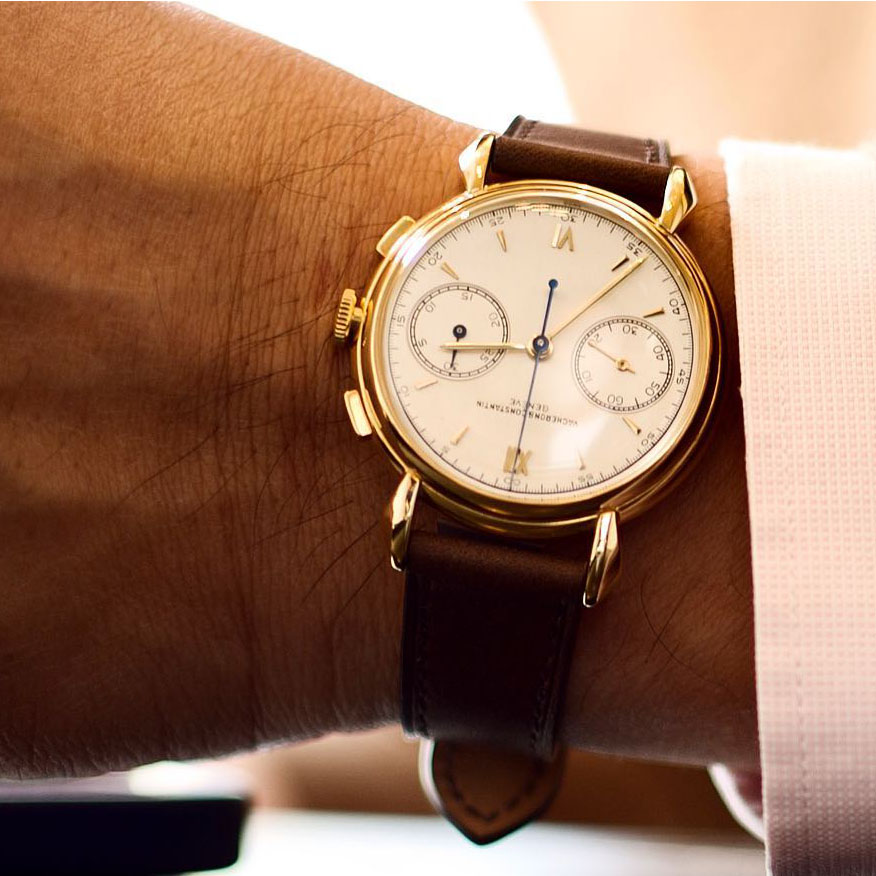
- Vacheron Constantin brings us the Maison’s heritage pieces.
- Chosen with patience and talent by the Masion’s heritage department specialist, vintage watches covering the entire 20th century are now part of the “Les Collectionneurs” collection.
- These pieces are carefully restored by the maison and comes with a certificate of authenticity, and a 2 year guarantee.
- 36 mm case in 18k pink gold with tear drop lugs.
- Manual winding movement cal 492, 30-minute counter chronograph wristwatch.
- 30-minute counter at 3 o’clock, small seconds at 9 o’clock, applied indexes.
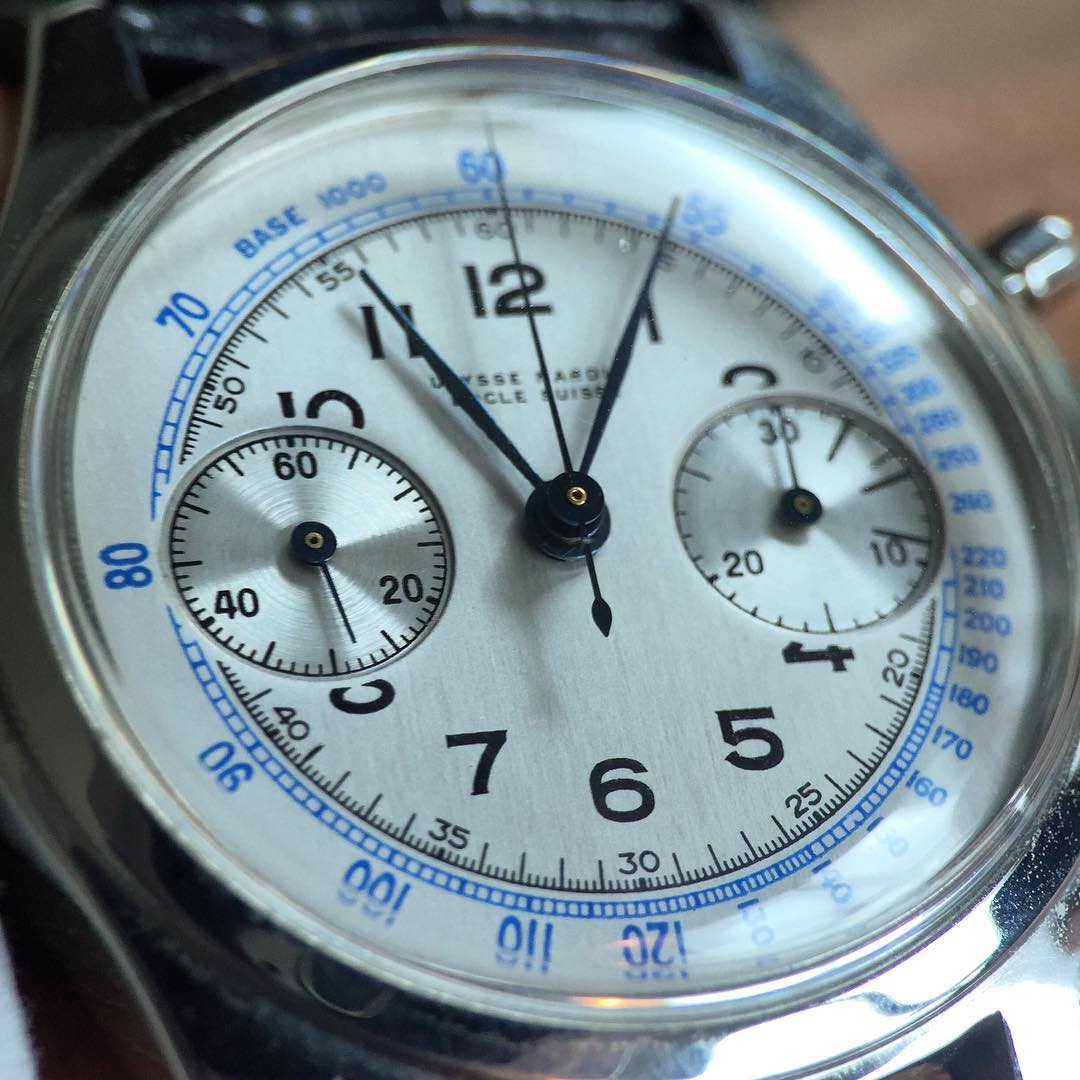
A vintage Ulysses Nardin chronograph from the 1950s, this piece is unrestored, completely original in amazing condition. The large stainless steel 38mm high-pressure snap-back waterproof case, manual winding movement is Valjoux 22-based.
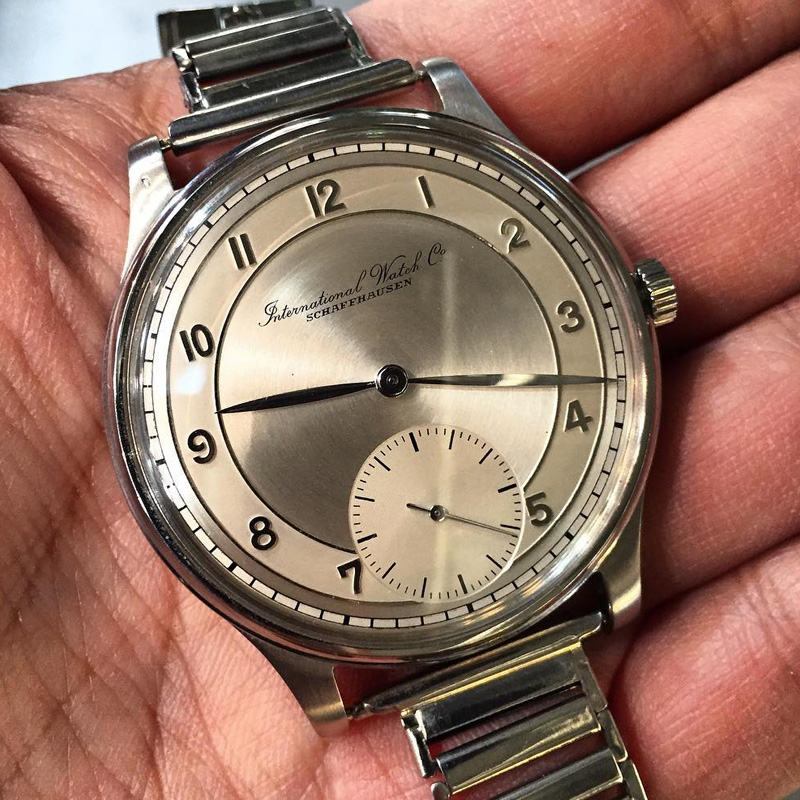
For those who like IWC watches, you may already know the Portuguese was introduced in 1939 but how did it begin? At the end of the 1930s two Portuguese businessmen – Rodrigues and Teixeira – who are in the watch industry visited IWC in Schaffausen inquiring the development of a large stainless steel wristwatch housing a movement with the precision of a marine chronometer. Development ensued and the birth of the Portuguese was born. Here is a, case size 42mm (bracelet non original)
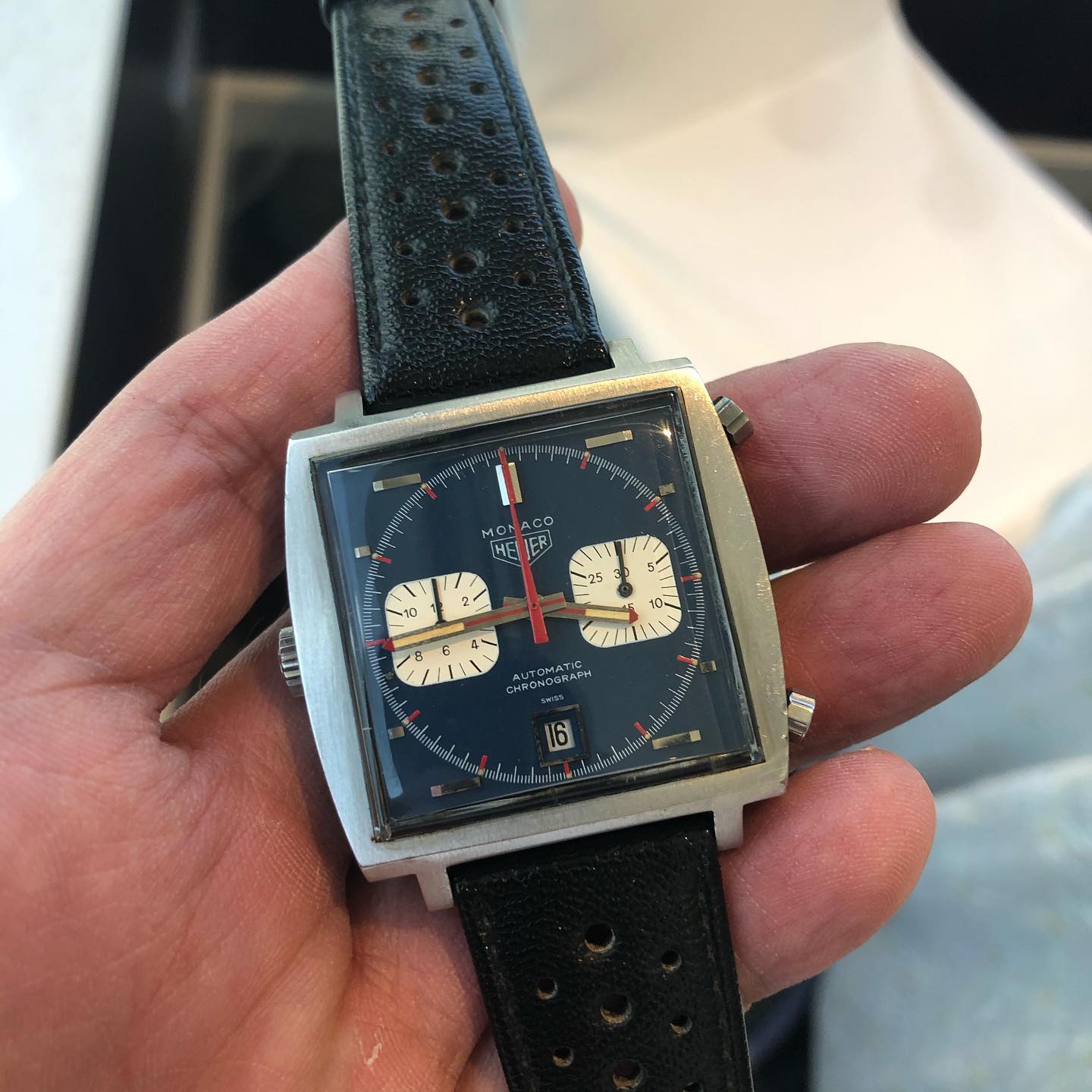
- Worn by Steve McQueen in the racing film, Le Mans.
- In 1971, Steven McQueen starred in the racing “documentary styled” movie Le Mans; directed by Lee Katzin.
- This is before the trend of brand using movies to build their presences; and the production team went out to purchase these watches at retail price.
- McQueen took one Monaco and gave it to his chief mechanic; thanking him for keeping him alive for the past few months.
- At first, Haig Alltounian didn’t want the watch but McQueen told him he had already done the engraving on the case back, he couldn’t give it to someone else.
- The Monaco watch was first introduced in 1969, bearing a few significant details, first and foremost is the case shape, being square isn’t the easiest to make it water resistant; but they’ve managed to get the Monaco to withstand water to 100m.
- 39mm stainless steel case.
- The movement was the legendary cal 11. In 1967 a group of companies; Breitilng, Hamilton-Buren, Heuer, and Dubois-Depraz— joint effort to develop a new automatic chronograph movement.
- In 1969, they unveiled the Cal. 11. The Heuer Caliber 11 was the company’s first and arguably most famous automatic chronograph movement.
- This watch is up for auction on December 12th at Phillips auction (New York).

18k gold case 38x45mm. This watch was Andy Warhol’s Collection. Beta 21 quartz movement. The Beta 21 quartz movement is an electronic movement used in wristwatches. Developed in the late 1960s by the Swiss consortium CEH, it features a high-frequency quartz crystal oscillator (8192 Hz) for enhanced accuracy. While it had a limited production run, the Beta 21 movement played a crucial role in the advancement of quartz watch technology, marking the start of the industry’s quartz revolution.

This is a Speedmaster Moonphase, which was made in the late 1980s. Omega only produced a thousand of these (ref ST3450809)
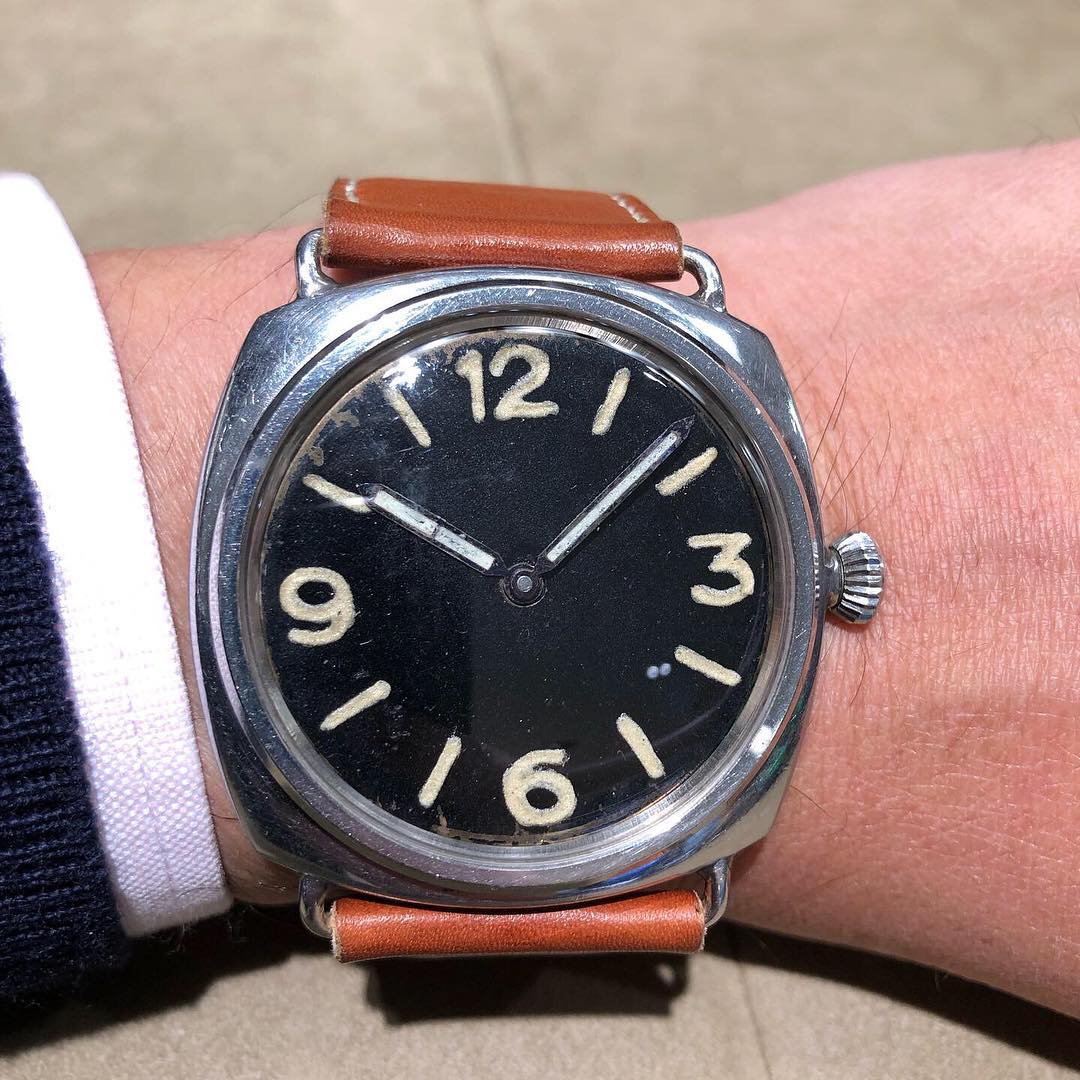
Case is in 47mm in stainless steel. Ref 3838 was the first design Panerai created for the Italian Navy. Patented luminous substance used on the dial.
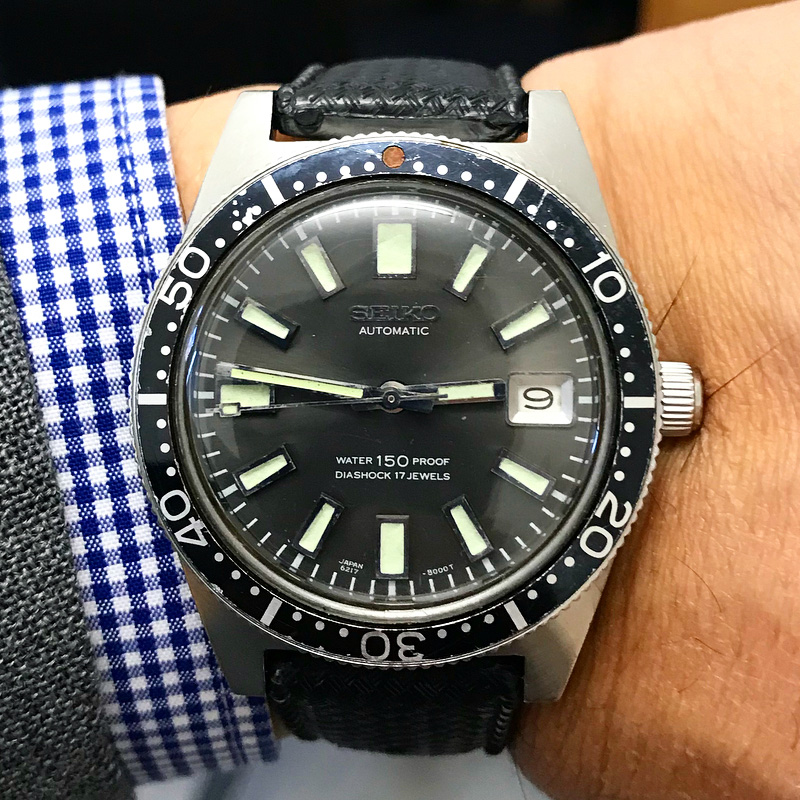
This was Japan’s first diver’s watch. It was an automatic 150m Diver’s. The launch of this model marked the start of Seiko’s pursuit for ever greater reliability and safety. In 1966, the watch proved its reliability and precision on the 8th Japanese Antarctic Research Expedition. The 6217-8000/1, which is better known as the Seiko 62MAS (autoMAtic Selfdater)Stainless steel case at 37mm. It featured a date function, a bi-directional bezel, stronger luminosity on the hands and indexes, and a big crown. It has a screw down case back but non-screw down crown. The Seiko 62MAS was rated to 150M of water resistance. While this doesn’t seem like a lot by today’s standard, it was Seiko’s deepest rating at the time (prior watch was rated only to 50M). The 6217-8000/1 caliber is a 18,000bph automatic, non hacking seconds with quick set date.
